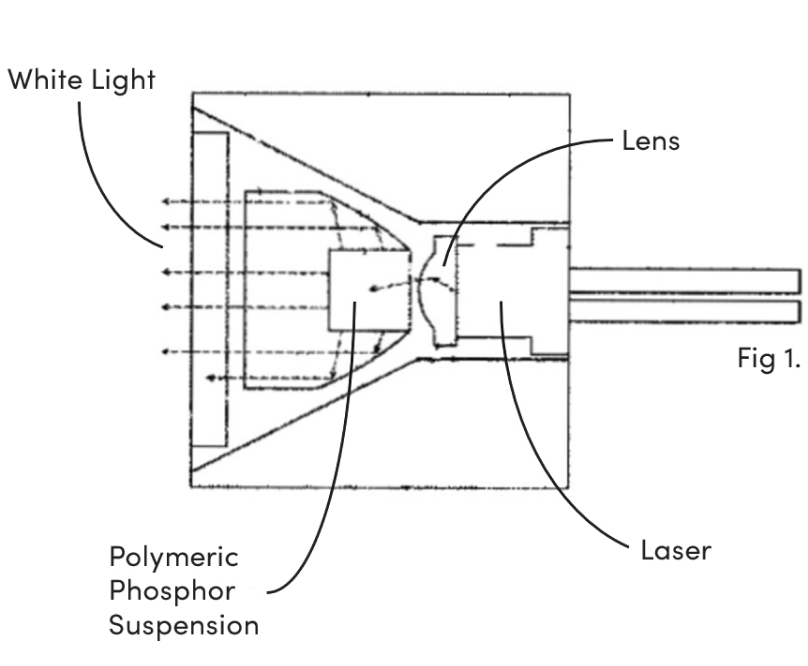- Cost-per-case analysis. This analysis includes amortized capital, sterilization costs, disposable/replaceable items, and service-contract costs. The projected 20% is based upon 30 arthroscopic procedures per week. Lazurite LLC. 22-015R. Cost-per-case analysis of surgical camera systems: The wireless ArthroFree™ system vs. conventional wired systems vs. disposable surgical camera systems. 2022.
Our products are protected by patents in the United States and other jurisdictions of the world. This webpage is provided to satisfy the virtual patent marking provisions of 35 US Code §287(a). The linked list of products may not be all inclusive, and other products not listed here may be protected by one or more patents in the US and elsewhere. Additional patents may be pending in the US and elsewhere.

